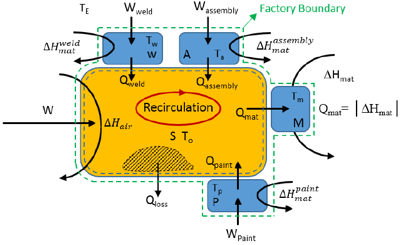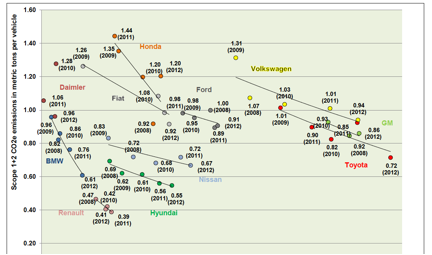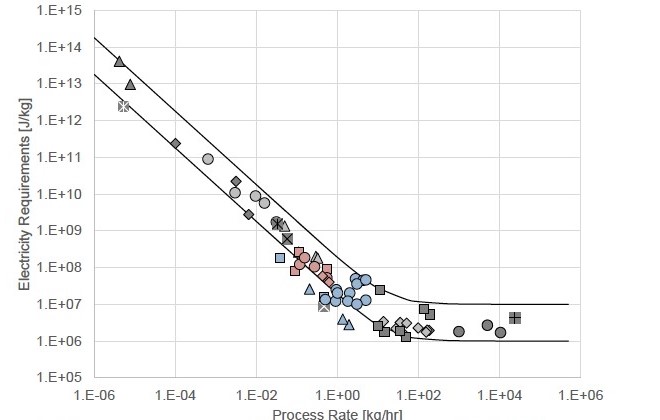Material recovery: Modelling of material, energy and exergy flows Buildings: Energy use modelling Automobile assembly plant: Energy used and carbon emitted RAFFT Project: Modeling the benefits of a new incremental sheet forming technology Additive manufacturing: Tracking the energy use of emerging technology
Thermodynamic Analysis of Manufacturing Processes Remanufacturing Recycling Production and Efficiency Environmental Life Style Analysis Environmental Analysis of Manufacturing Processes Production, Use and Efficiency A Permit Market Approach to Foster Sust. Man. of Electrical and Electronic Equipment Recycling Index for Inkjet Printers Benign and Efficient Materials
gutowski@mit.edu; sgraves@mit.edu; karineip@mit.edu; mptesta@mit.edu; araymond@mit.edu


Gutowski
D. Sekulic (U. of Kentucky)
R. Pan (U. of Kentucky)

T. Gutowski
S. Raykar
M. Schmieder (RWTH Aachen, Germany)



Stephanie Dalquist; Jeffrey Dahmus; Alex Thiriez; Alissa Jones; Matthew Branham; Dusan Sekulic, U. Kentucky; Timothy Gutowski. Sponsors:
National Science Foundation, SKF
Sahil Sahni, MIT Dept. of Material Science & Eng.; Avid Boustani, MIT Dept. of Mechanical Eng.; Malima Wolf, MIT Dept. of Mechanical Eng.; Elsa Olivetti, MIT Dept. of Material Science & Eng.; Steve Graves, MIT Sloan School; Timothy Gutowski. Sponsor: MIT Energy Initiative
Malima Wolf; Natalia Duque Ciceri; Jeffrey Dahmus; Dominic Albino; Phillip Bohr, TU Berlin; Ante Mrkonjic, U. Stuttgart; Brianne Metzger; Timothy Gutowski. Sponsors: National Science Foundation, Hewlett Packard. Collaborators: Roger Morton, Axion Ltd. U.K.; Mike Mankosa, Eriez
Jones, Jeffrey Dahmus; Suganth Kalakkad; Arnaud Uzabiaga, Ecole Polytechnic, Paris; Olivia Grehler, BU; Timothy Gutowski
Amanda Taplett, Anna Allen, Amy Banzaert, Rob Cirinciore, Christopher Cleaver, Stacy Figueredo, Susan Fredholm, Betar Gallant, Alissa Jones, Jonathan Krones, Barry Kudrowitz, Cynthia Lin, Alfredo Morales, David Quinn, Megan Roberts, Robert Scaringe, Tim Studley, Sittha Sukkasi, Mika Tomczak, Jessica Vechakul, Malima Wolf, Timothy Gutowski
Jeffrey Dahmus, Stephanie Dalquist, Alex Thiriez, Timothy Gutowski. Sponsor: National Science Foundation.Collaborators; Jung-Hoon Chun, MIT; John Sutherland, Michigan Tech; Marquita Hill, University of Maine, Orono
Jeffrey Dahmus, Timothy Gutowski
Philipp Bohr, Timothy Gutowski: In the course of this project, an analysis of plausible regulatory incentive schemes to foster sustainable manufacturing of electrical and electronic equipment is conducted. The main emphasis is on closing material loops via reuse, remanufacturing and recycling.
Brianne Metzger, Timothy Gutowski. Sponsor: Hewlett Packard. Collaborators: Tim Frederick and Erin Gately, HP
Olivia Grebler, Timothy Gutowski